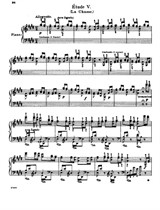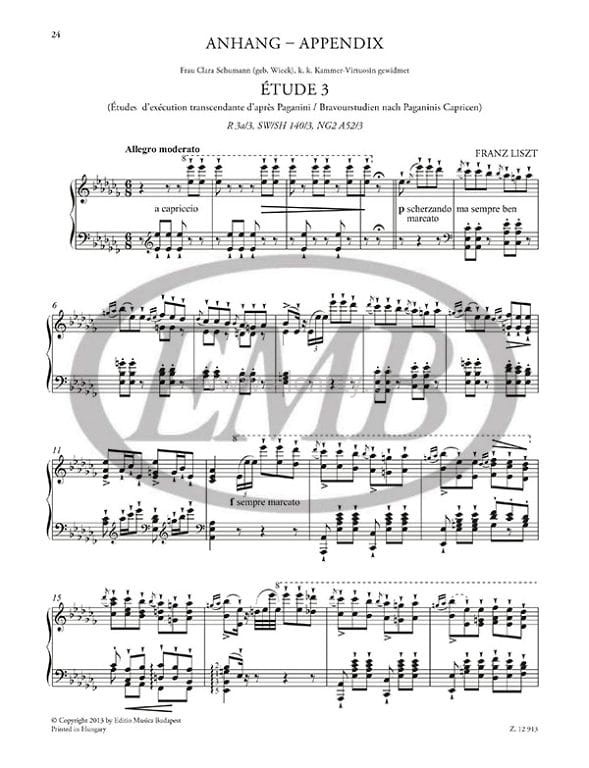

Note the "2+1" portion means "2 oboes plus english horn" Thus a double reed quartet of 2 oboes, english horn and bassoon will look like this: Whenever this occurs, we will separate the first four digits with commas for clarity. These are linked to their respective principal instruments with either a "d" if the same player doubles the instrument, or a "+" if an extra player is required. Sometimes there are instruments in the ensemble other than those shown above. This woodwind quartet is for 1 Flute, no Oboe, 1 Clarinet, 1 Bassoon, 1 Horn and Piano. Any additional instruments (Piano in this example) are indicated by "w/" (meaning "with") or by using a plus sign. The first number stands for Flute, the second for Oboe, the third for Clarinet, the fourth for Bassoon, and the fifth (separated from the woodwinds by a dash) is for Horn.

The bracketed numbers tell you the precise instrumentation of the ensemble. Rimsky-Korsakov Quintet in Bb Item: 26746 Martin in the Fields Chamber Ensemble (5) Academy of St.Following many of the titles in our Wind Ensemble catalog, you will see a set of numbers enclosed in square brackets, as in this example: Müzik (2) Aaron Copland (15) Aaron Shorr (1) Aarre Merikanto (5) ABC Classics (4) Abegg Trio (1) Abel Decaux (1) Academy of St. īBC Music Magazine PERFORMANCE: ***** / SOUND: *****Ī.K. I may carp about details here and there, but who are we kidding? Recommended without reservation. His interpretations, incidentally, surpass Leslie Howard's relatively sober and earthbound renditions in Hyperion's complete Liszt cycle. Then again, Hamelin sounds like two pianists.

I still think that Liszt's piano duet version more cogently mirrors the music's large-scale ambition and orchestral contours. And unlike many pianists (and other instrumentalists for that matter) Hamelin does not sacrifice tone for speed: his penetrating, diamond-red sonority never splinters or loses one dab of patina. However, Hamelin's textural transparency, two-handed equilibrium, and sheer stamina would have delighted, perhaps even shocked Liszt. Liszt's multi-movement concoction based on various rarely heard Schubert marches for piano duet is a virtual piano symphony, and it's generally ignored by pianists, probably because few can comfortably sustain the long stretches of relentless octaves and repeated chords. Hamelin makes no fuss over La Campanella's right-hand leaps, but why, in the Arpeggio Etude (based on the first Paganini Caprice), does the pianist impose cutsey-poo tenutos on the top melody notes in measures 5 and 6, and similar places? True, violinists often slow down at these moments in order to play these pitches squarely in tune, but pianists don't have that problem! You could imagine a lighter, less reserved romp through La Chasse, while by contrast the concluding Theme and Variations benefit from Hamelin's unflinching bravura and cumulative drive. Instead, appreciate the quiet showmanship behind Hamelin's effortless octave technique and slyly filled in chords. Don't expect the E-flat etude to sting like Horowitz or dig deep like Arrau. He molds the first etude's shakes and tremolos into cohesive, controlled paragraphs with no rattling or steel-coated loose ends. Just as Bugs Bunny slouched in the face of Elmer Fudd's gun, Marc-André Hamelin stares down the Liszt/Paganini Etudes' fingerbusting demands and dispatches them with nonchalant proficiency at every hurdle.


 0 kommentar(er)
0 kommentar(er)
